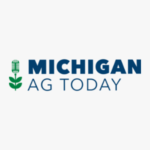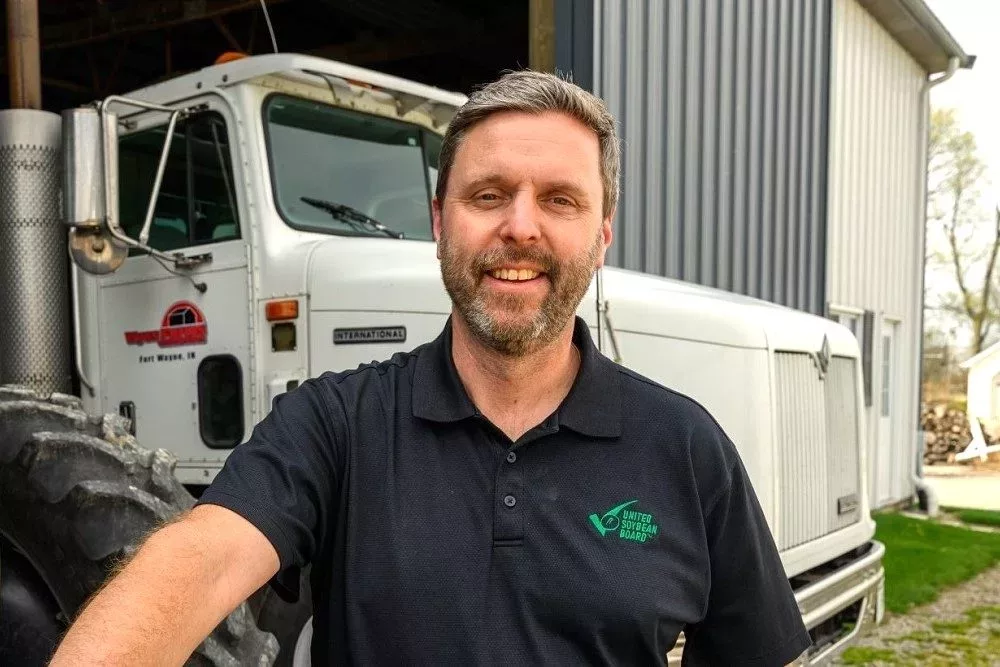Farmers in 16 states grew high oleic soybeans on more than 1.1 million acres in 2023 and on 800,000 acres in 2024 (with potential to reach 3 million acres in the future). The primary use has been for food, but investments by the United Soybean Board have proven that high oleic soybeans are also good for dairy cattle feed.
“So, with June being Dairy Month, it is great to highlight this new-found benefit from high oleic soybeans going into dairy rations and improving that overall butterfat yield,” says Don Wyss, chair of the United Soybean Board’s Audit and Evaluation Committee. “I, as a farmer, really like this from the standpoint that we are paving the way for a more stable demand foundation going forward when we can rely on both food juices, which haven’t gone away. They’re still there, but now we’re bringing this exciting new feed usage of high oleics into the mix as well. Real excited going forward.”
Wyss, who farms near Fort Wayne, Indiana, says this research and the benefits shown is a significant example of why U.S. soybean farmers pay into their checkoff to promote the industry and bring big changes and developments that ultimately come back to family farms.
“The high oleic program has been a perfect example, I guess, is how I would describe it as a place where we’ve spent significant checkoff dollars but are now seeing significant returns that are coming back to our farms. One of the pieces that was taking time to grow is just being able to offer this to all U.S. soybean farmers, and we’re not there yet, but now we’re in 16 states, and with this continued development with dairy, you know it’s going to expand into other states as well when they are trying to partner with other dairy locations around the country.”
Wyss calls this a win-win: increasing demand for soybeans in this tighter margin environment, while also providing increased milk fat yield and increased profit potential to the dairy industry. And there could be more.
“There’s some additional work being done in swine right now, too, to look at this. So, we may not be done yet.”
Source: NAFB News Service

